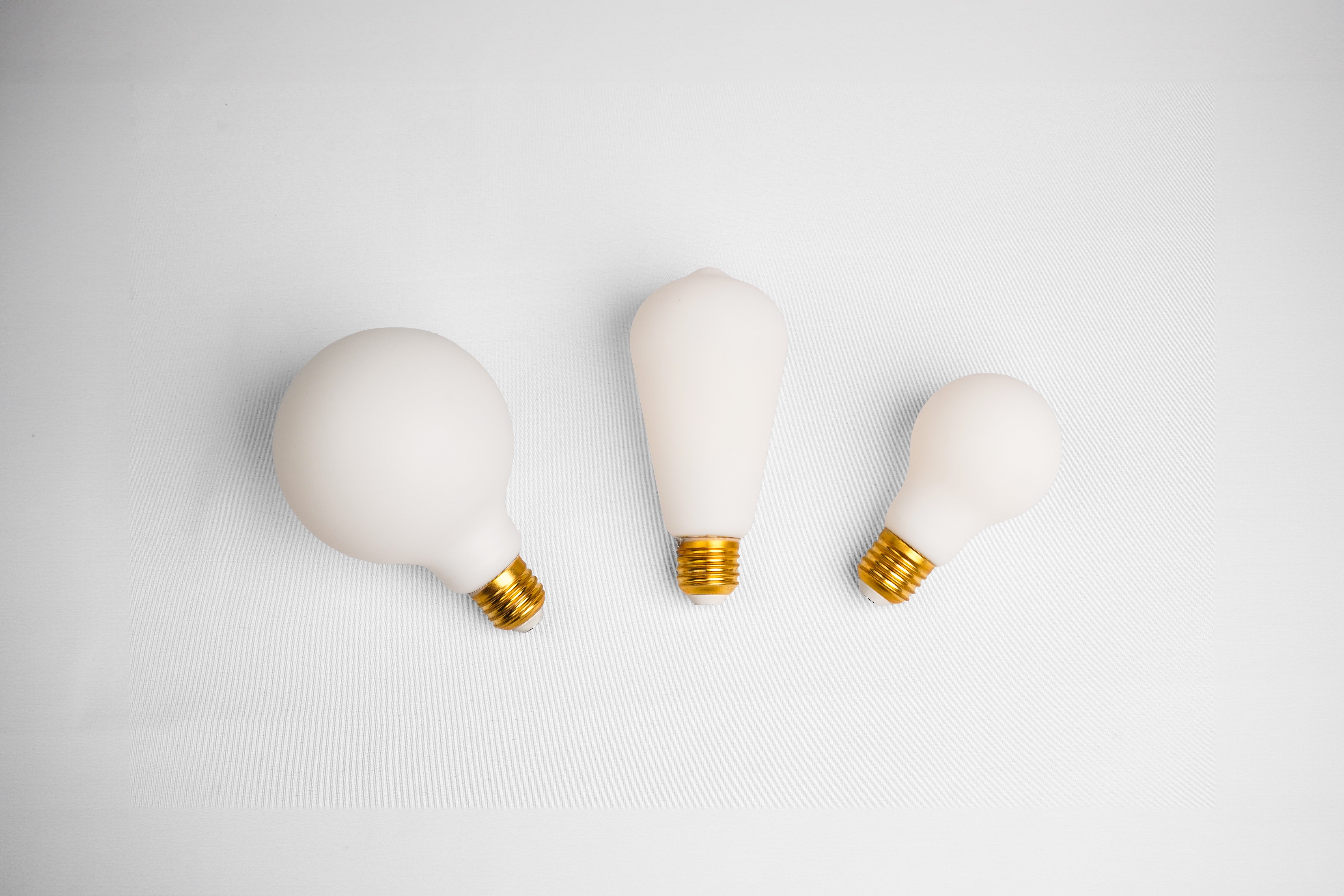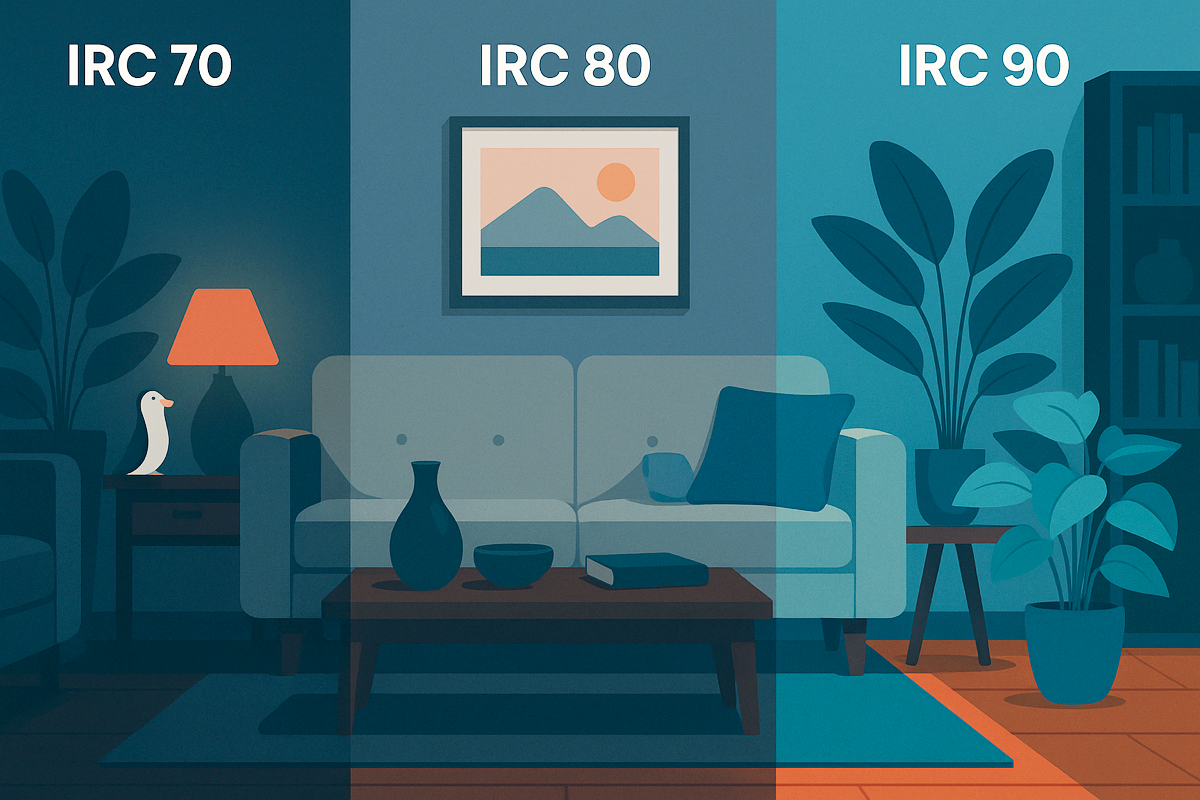Reading time: 8 min.
In short:
Are you confused about watts, lux, and lumens? You're not alone. These terms directly influence our perception of light, as well as our visual comfort, productivity, and sleep. Here's a simple guide to understanding everything and choosing the right lighting.
📌 Summary
Watt: power, not clarity
Watts (W) only measure a light bulb's power consumption. In the past, they were used to measure brightness, as a 60W bulb provided more light than a 40W bulb. But today, this logic is obsolete.
LEDs are highly efficient, consuming little power but emitting a lot of light. A 7W LED can replace an old 60W bulb. Watts therefore provide information on your electricity bill, but not on visible light.
Lumen: how much light?
Lumen (lm) is the unit of measurement that indicates the total amount of light emitted by a source. This is the value to look at first to know if a bulb is bright or dim.
But be careful: lumens do not take into account the illuminated surface. A bulb can emit 800 lumens... but it all depends on the distance you are from it.
Lux: The Real Impact on Your Eyes
Lux (lx) is more precise than lumens: it indicates the amount of light actually received on a given surface. 1 lux = 1 lumen per square meter. This unit therefore allows you to measure light where it matters: on your desk, your book, or your face.
Here are some recommended lux benchmarks by use:
- Bedroom: 50 to 150 lux
- Living room: 150 to 300 lux
- Reading corner: 300 to 500 lux
- Kitchen or bathroom: 500 to 1000 lux
- Workstation or work surface: 750 to 1500 lux
In short: Lumens tell you how much light comes out of the bulb. Lux tell you how much light you receive. The two complement each other.
How to properly light your rooms?
No need to be a lighting engineer: good lighting is based on three simple elements:
- Lumens adapted to each room (300 for a bedroom, 1500 for a kitchen)
- Smart distribution to ensure the right lux in the right places
- Reduced consumption thanks to LED technology
Don't want to do the math? Laqi bulbs automatically adjust their intensity and hue according to the time of day, the season, and your room. It's lighting that thinks for you.
💡 Discover the Laqi Starter Kits
💬 FAQ
Is a bulb with more lumens always better?
Not necessarily. If it is poorly oriented or too powerful for its intended purpose, it can dazzle or consume unnecessary energy.
How to measure lux at home?
There are inexpensive apps or lux meters available. These are useful for adjusting light in sensitive areas like a desk or bed.
What if I don't want to choose between lux and lumens?
Don't want to choose? Choose Laqi! Our bulbs adapt both in real time to your rhythm and your room.
The ideal light is the one you forget.
Adopt lighting that follows you effortlessly, respects your needs and improves your daily life.














